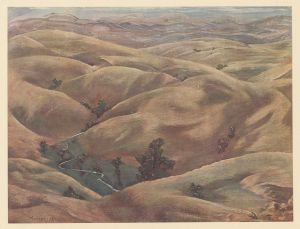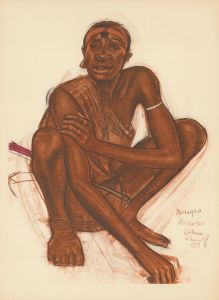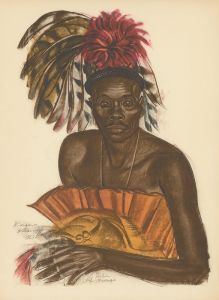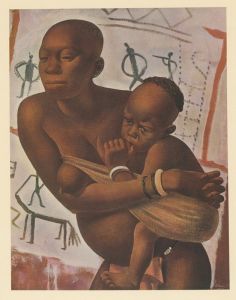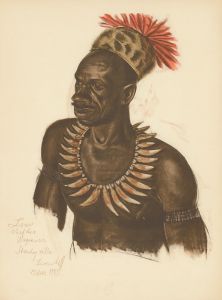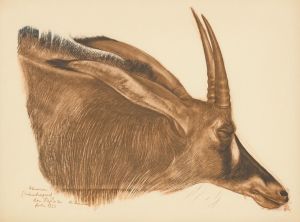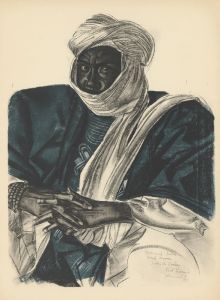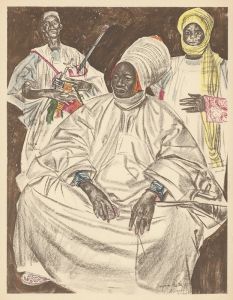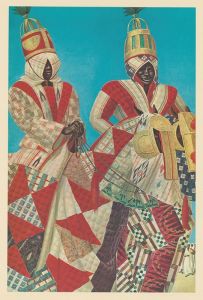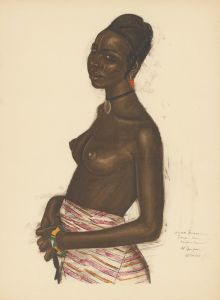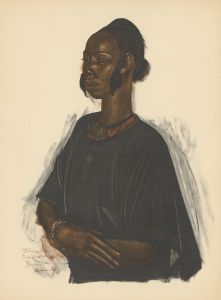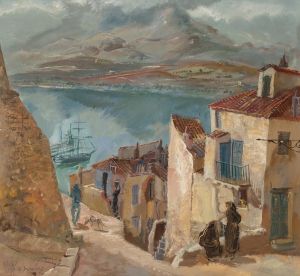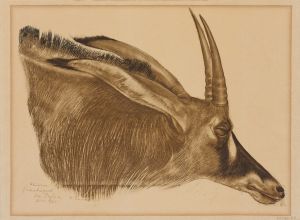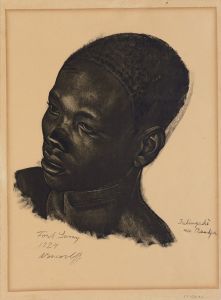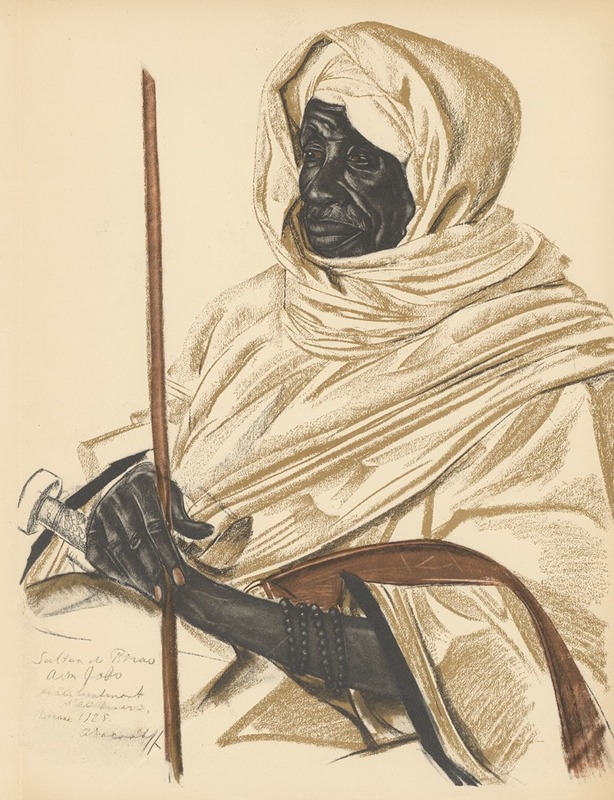
Dessins et peintures d’Afrique pl 13
A hand-painted replica of Alexandre Jacovleff’s masterpiece Dessins et peintures d’Afrique pl 13, meticulously crafted by professional artists to capture the true essence of the original. Each piece is created with museum-quality canvas and rare mineral pigments, carefully painted by experienced artists with delicate brushstrokes and rich, layered colors to perfectly recreate the texture of the original artwork. Unlike machine-printed reproductions, this hand-painted version brings the painting to life, infused with the artist’s emotions and skill in every stroke. Whether for personal collection or home decoration, it instantly elevates the artistic atmosphere of any space.
Alexandre Jacovleff, also known as Alexandre Yevgenievich Jacovleff, was a Russian painter and graphic artist born on March 25, 1887, in Saint Petersburg, Russia, and he passed away on May 12, 1938, in Paris, France. Jacovleff is renowned for his diverse artistic talents, which spanned painting, drawing, and printmaking. He is particularly noted for his works that capture the essence of different cultures and peoples, often through his travels.
One of Jacovleff's significant contributions to the art world is his series "Dessins et peintures d’Afrique," which translates to "Drawings and Paintings of Africa." This series was created during his participation in the Citroën Central Africa Expedition, also known as the "Black Cruise" (Croisière Noire), which took place from 1924 to 1925. The expedition was an ambitious journey organized by the French automobile manufacturer Citroën, aimed at traversing the African continent from north to south using motor vehicles. The expedition was not only a test of Citroën's vehicles but also a scientific and cultural mission that included artists, scientists, and journalists.
Plate 13 (pl 13) from "Dessins et peintures d’Afrique" is one of the many works Jacovleff produced during this expedition. While specific details about Plate 13 are not widely documented, the series as a whole is celebrated for its vivid and respectful portrayal of African people, landscapes, and cultures. Jacovleff's works from this period are characterized by their detailed and realistic style, capturing the diversity and richness of African life with a sense of empathy and admiration.
Jacovleff's artistic approach during the expedition was influenced by his academic training at the Imperial Academy of Arts in Saint Petersburg, where he studied under notable artists and developed a strong foundation in classical techniques. His ability to combine academic precision with a keen eye for cultural nuances made his African series particularly impactful.
The "Dessins et peintures d’Afrique" series was published in 1927, and it includes a collection of drawings and paintings that reflect Jacovleff's experiences and observations during the expedition. The works are not only valuable artistic records but also important historical documents that provide insight into the early 20th-century European perspective on Africa.
Jacovleff's contributions to the Citroën Central Africa Expedition and his subsequent artworks played a significant role in enhancing the understanding and appreciation of African cultures in Europe. His works continue to be studied and admired for their artistic merit and cultural significance.
In summary, Alexandre Jacovleff's Plate 13 from "Dessins et peintures d’Afrique" is part of a larger body of work that captures the essence of African life during the early 20th century. His detailed and empathetic portrayals offer valuable insights into the cultural and social landscapes of the regions he visited, making his works enduring pieces of both artistic and historical importance.





